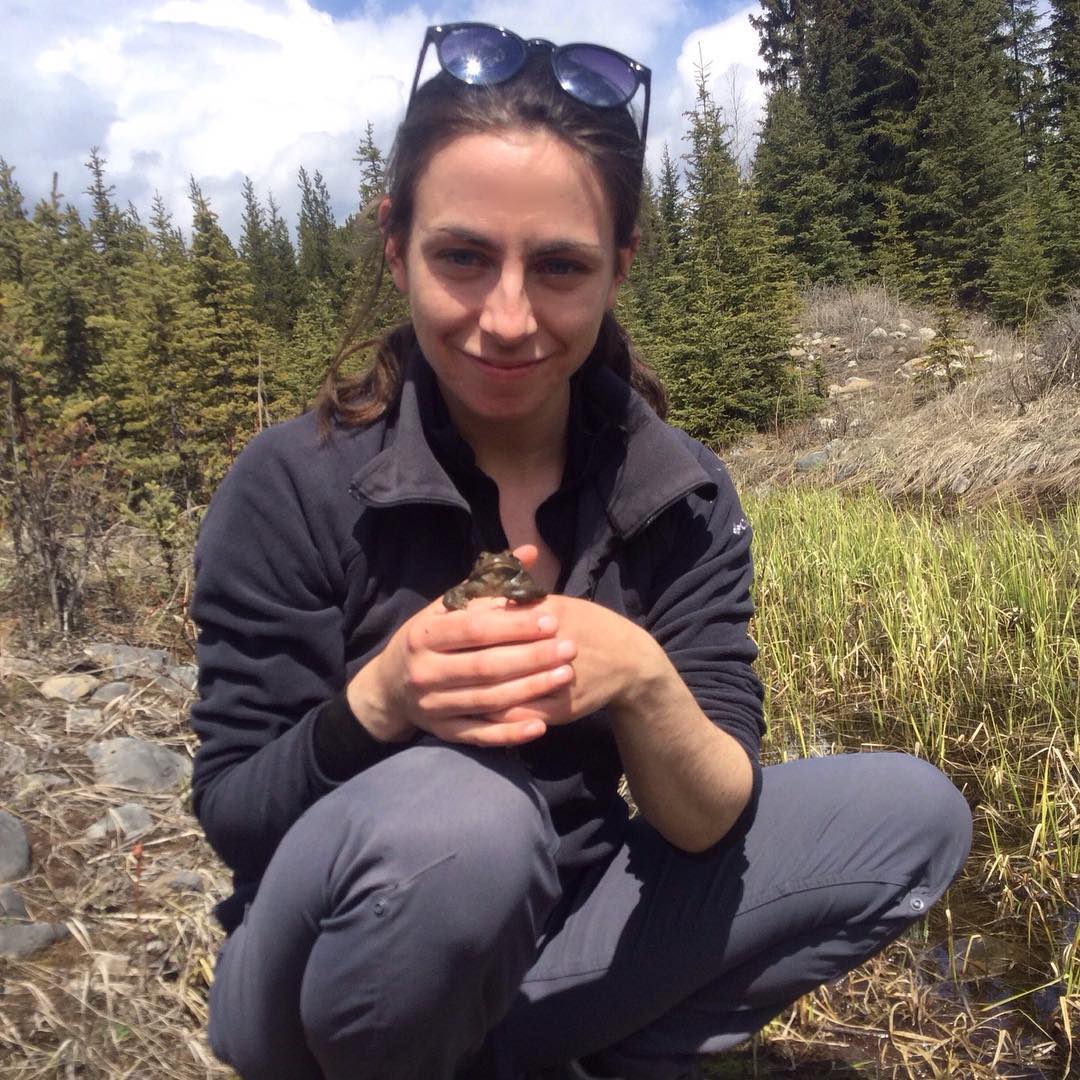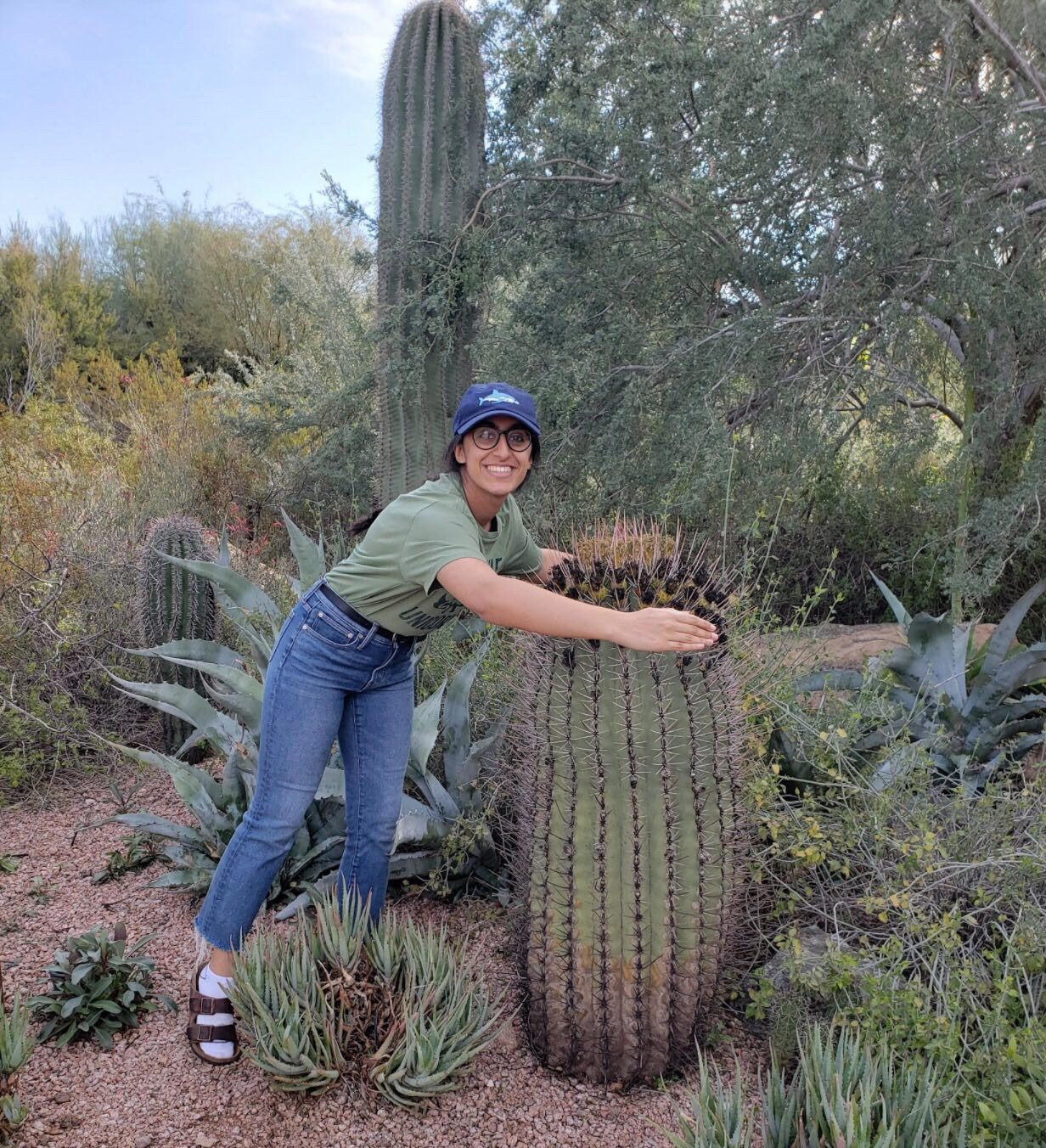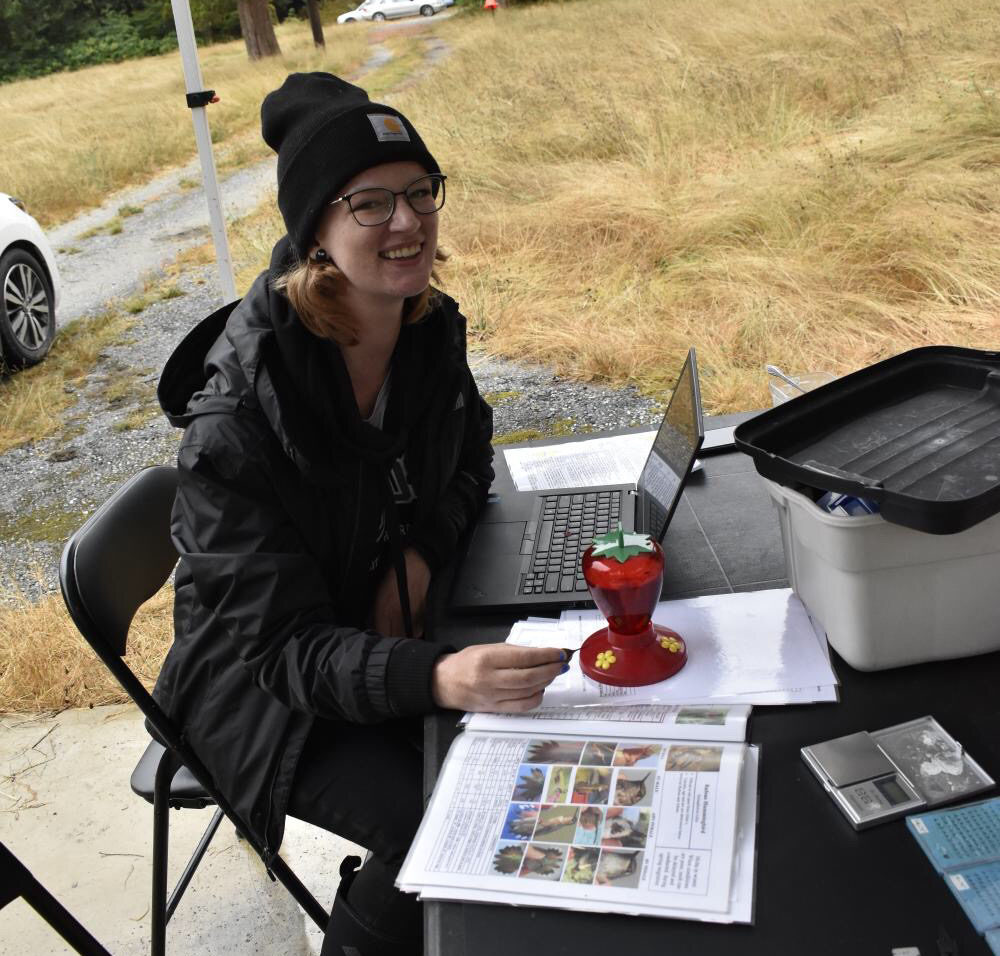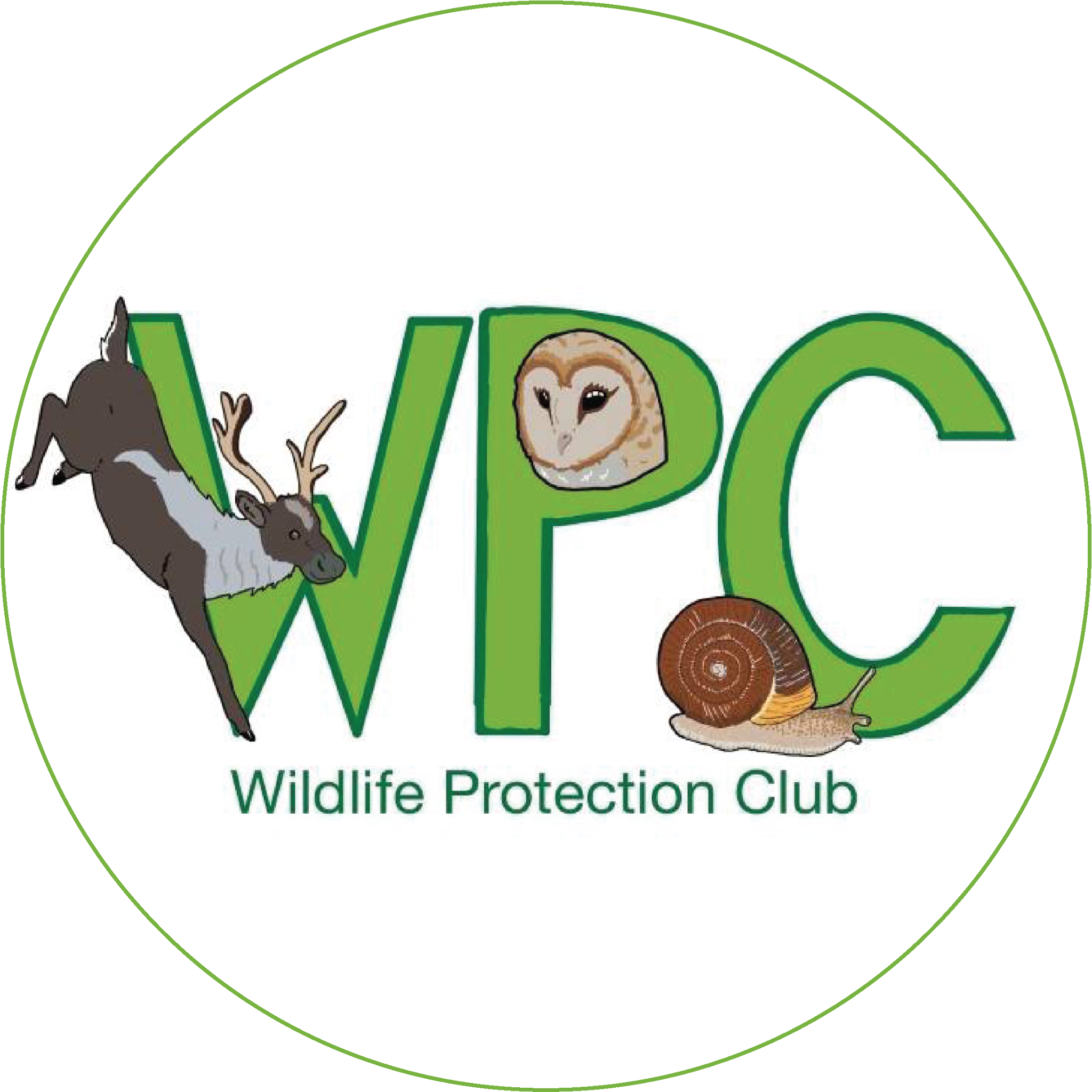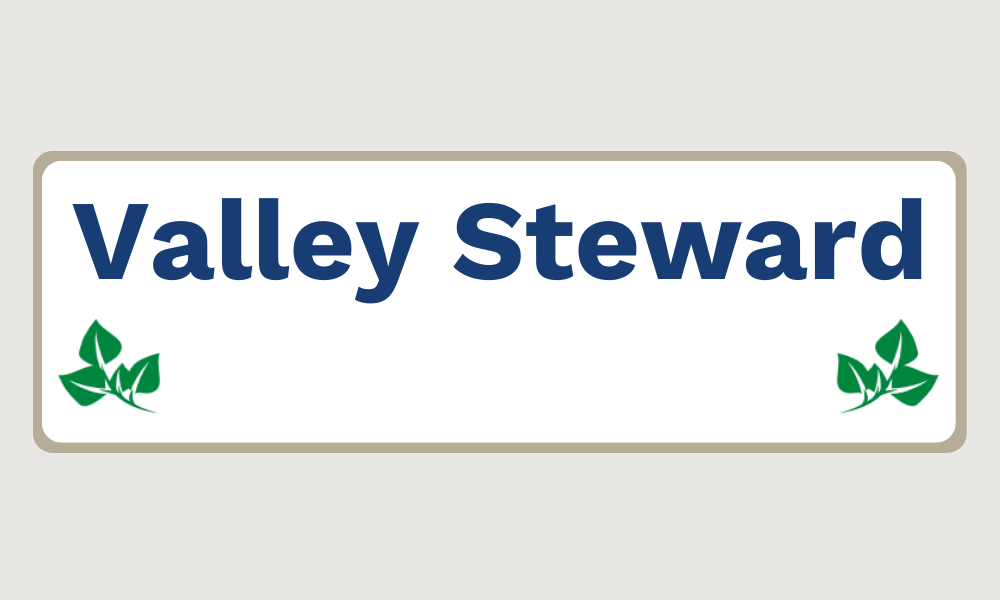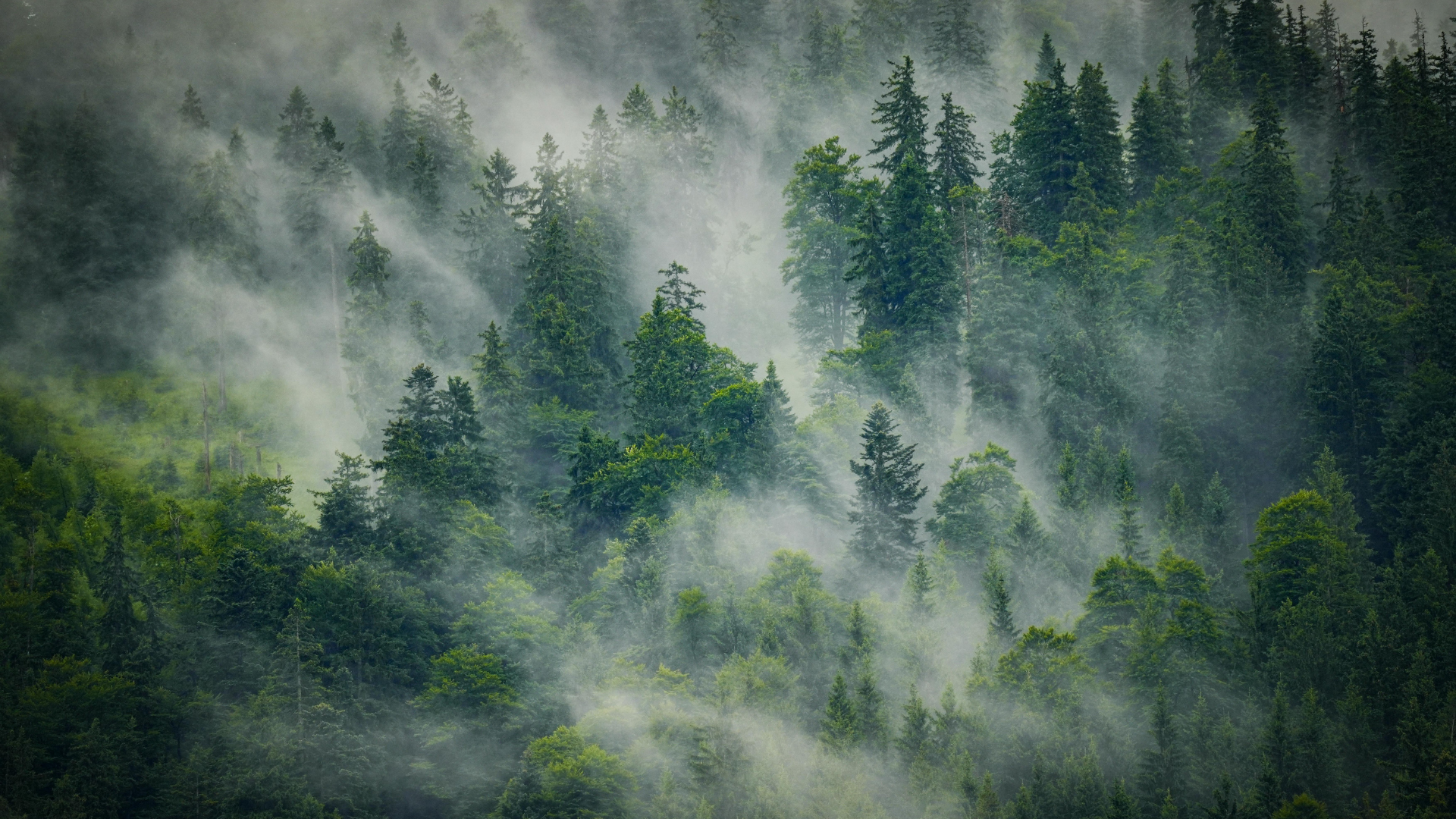Now, you may be asking yourself, ‘how do university students, who are already juggling multiple classes, part-time jobs, and other commitments, find the time to volunteer this much?’ I know I was, so I asked them what their advice was for busy people who don’t think they have the time needed to give back to their community.
UFV’s Wildlife Protection Club was founded in 2019 by a group of dedicated university students who wanted to make a difference in the lives of Fraser Valley’s endangered wildlife. The club is still going strong today and even hosted an art auction in September (an event eight months in the making) that raised over $4000 for the Fraser Valley Conservancy!
As the Program Coordinator of Step to It, I’m always interested in finding out how and why local community members are giving their time and energy to protect our wildlife and their beautiful habitats! I got the chance to talk with some of the club executives and members to find out their inspiration behind the work they do, how they find the time in their busy student schedules to organize these large events, and their advice for anyone who wants to get involved in wildlife protection!
